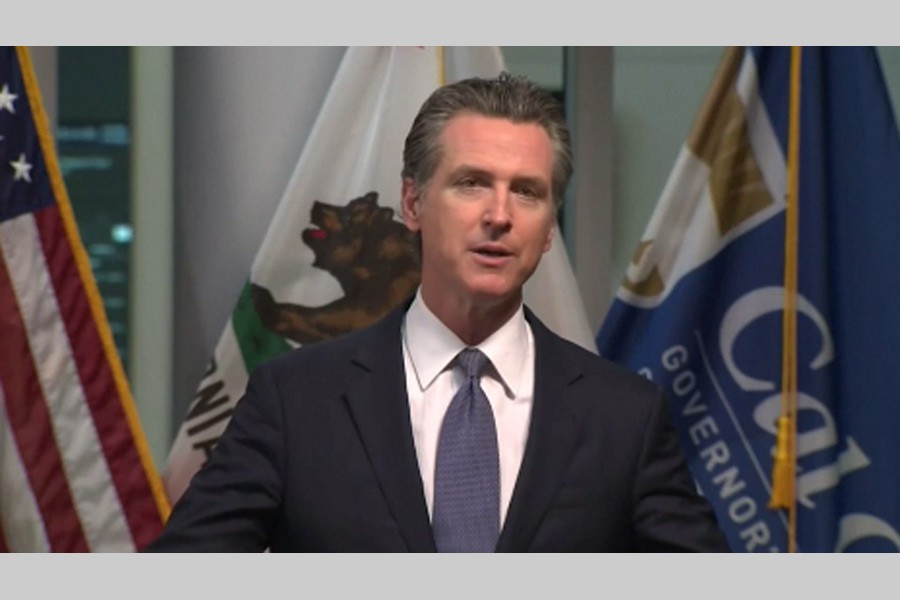California has issued a "stay at home" order to residents as it tries to stem the march of the coronavirus across the most populous US state.
Governor Gavin Newsom told Californians they should only leave their homes when necessary during the pandemic.
He earlier estimated more than half of the 40 million people in his state would contract COVID-19 in just the next two months.
The virus has claimed 205 lives in the US and infected more than 14,000.
Globally nearly 250,000 patients have tested positive for the respiratory illness and more than 10,000 have died.
What does California's order mean?
Mr Newsom said on Thursday evening: "This is a moment we need to make tough decisions. We need to recognise reality."
California is among the first US states to bring in blanket restrictions. Earlier this week Nevada said non-essential businesses should close for 30 days.
The governor's order will allow residents to leave their homes to buy groceries or medicine, or walk a dog or take exercise, but seeks to limit public interactions.
It will force businesses deemed non-essential to close, while allowing others including grocery stores, pharmacies, banks and petrol stations to stay open.
About half of the state's population is already subject to similar stringent measures, including the city of San Francisco.
The Democratic governor said parts of the state were seeing infection rates double every four days.
Speaking at a press conference in Sacramento, Mr Newsom said the virus "will impact about 56 per cent of us - you do the math in the state of California, that's a particularly large number".
The governor did not clarify how his officials had calculated that figure, which would amount to nearly 22.5 million infected people.
But his spokesman acknowledged the estimate did not take into account the mitigation measures being implemented state-wide.


